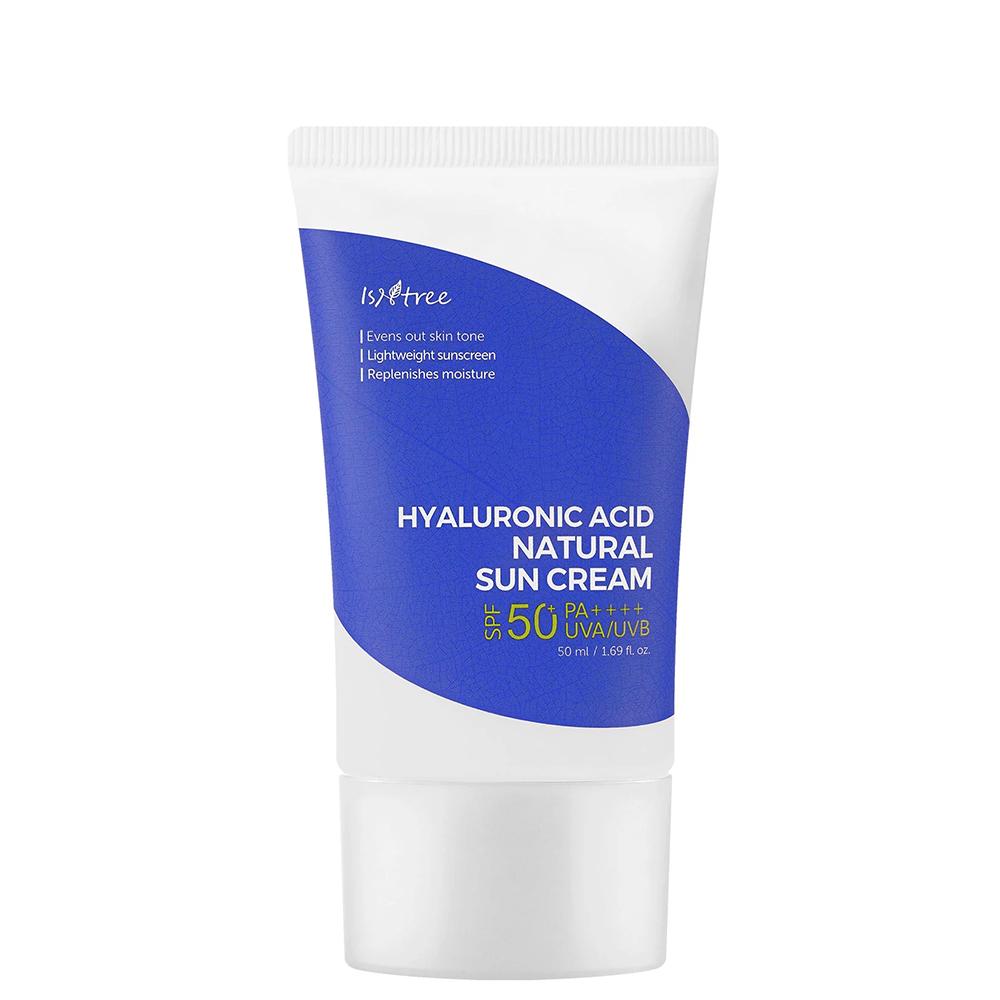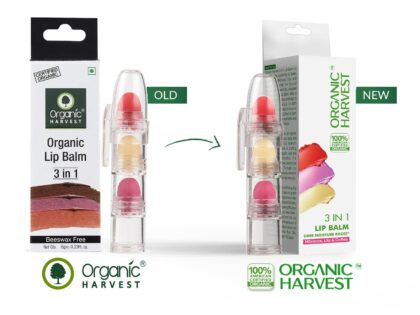Understanding Natural Sunscreens: Benefits and Considerations

As the sun reaches its peak intensity, the importance of sun protection becomes paramount. With an increasing awareness of skin health and environmental sustainability, many consumers are turning to natural sunscreens as an alternative to traditional chemical-based products. Natural sunscreens, frequently enough formulated with mineral ingredients such as zinc oxide and titanium dioxide, claim to provide effective sun protection while being gentler on both the skin and the planet. Though, understanding these products fully requires an examination of their benefits, potential drawbacks, and the science behind their efficacy. This article aims to shed light on the various aspects of natural sunscreens, helping readers make informed choices about sun safety and skin care as they navigate the myriad options available in the market today.
Understanding the Ingredients in Natural Sunscreens
Natural sunscreens primarily rely on mineral ingredients, such as zinc oxide and titanium dioxide, which sit on the skin’s surface and reflect harmful UV rays. These ingredients are often favored for their effectiveness in broad-spectrum coverage, as they can protect against both UVA and UVB rays. Unlike chemical sunscreens, which absorb UV radiation, mineral-based options tend to be less irritating, making them suitable for sensitive skin types. In addition, these mineral filters are often accompanied by other natural components that offer skin-loving benefits, such as aloe vera for hydration and green tea extract for its antioxidant properties.
When selecting a natural sunscreen, it’s essential to consider the full ingredient list. Look for formulations with certified organic claims, as these frequently enough indicate a lack of synthetic additives and preservatives. Key ingredients to avoid include synthetic fragrances and parabens, which can trigger skin sensitivities. Below is a table summarizing common components found in natural sunscreens and their respective roles:
| Ingredient | Function |
|---|---|
| Zinc Oxide | Broad-spectrum UV protector |
| Titanium Dioxide | Reflects UV rays |
| Aloe Vera | Moisturizes and soothes the skin |
| Green Tea Extract | provides antioxidant protection |
| Shea Butter | Enhances skin hydration |
Evaluating the Effectiveness of Natural Sunscreens
When assessing the effectiveness of natural sunscreens, it’s essential to consider several key factors that influence their performance in protecting the skin against UV radiation. Natural sunscreens typically use mineral-based ingredients like zinc oxide and titanium dioxide, which provide a physical barrier against harmful rays. These ingredients are not only effective at reflecting UV light but also boast lower irritation potential for sensitive skin compared to chemical filters. Though the broad-spectrum protection and SPF rating can vary widely, so selecting a product that aligns with your skin type and sun exposure needs is crucial.
It’s also worth noting that real-world application often affects the effectiveness of natural sunscreens. For optimal protection, consumers should adhere to guidelines regarding the amount and frequency of reapplication. A few vital aspects to keep in mind include:
- Application thickness: A sufficient amount must be applied to achieve the labeled SPF.
- Water resistance: Some formulations may wash off or lose efficacy after swimming or sweating.
- Expiration date: Using expired products can detract from their protective benefits.
To illustrate the contrast between various natural sunscreen options, the table below outlines a comparison of several products based on their key features:
| Brand | SPF | Main Ingredients | Water Resistant |
|---|---|---|---|
| Brand A | 30 | Zinc Oxide, Coconut Oil | Yes |
| Brand B | 50 | Titanium Dioxide, Shea Butter | No |
| Brand C | 40 | Zinc Oxide, Aloe vera | Yes |
Identifying Skin Types and Suitable Natural Formulations
Understanding your skin type is crucial for choosing the most effective natural sunscreen. different skin types react uniquely to various ingredients, making it essential to select formulations that cater to your specific needs. Here are the primary skin types to consider:
- Normal: Balanced moisture levels and few imperfections; lightweight, hydrating formulations are ideal.
- Dry: Tight, flaky skin; look for creams with rich oils like jojoba or shea butter to provide adequate moisture.
- Oily: Excess sebum production; opt for gel-based sunscreens that are non-comedogenic to prevent clogged pores.
- Combination: A mix of oily and dry areas; versatile formulas that balance moisture without excess oil are best.
- Sensitive: Prone to redness or irritation; seek out products with calming ingredients like aloe vera and chamomile.
When selecting a natural formulation, pay attention to ingredients that offer both sun protection and skin benefits. Here’s a rapid overview of suitable components:
| Ingredient | Benefits |
|---|---|
| Zinc Oxide | Provides broad-spectrum protection; gentle on sensitive skin. |
| Red Raspberry Seed Oil | Offers antioxidant protection; high in fatty acids. |
| Carrot Seed Oil | Rich in beta-carotene; helps in skin renewal. |
| Aloe Vera | Hydrating and soothing for irritated skin. |
Recognizing Environmental Impact and Sustainability in Sunscreen Choices
When selecting a sunscreen, it’s essential to consider not just its effectiveness in protecting your skin from harmful UV rays, but also its impact on the surroundings. Many conventional sunscreens contain chemical ingredients like oxybenzone and octinoxate, which have been found to contribute to coral bleaching and disrupt marine ecosystems. On the other hand, natural sunscreens utilize mineral-based ingredients such as zinc oxide and titanium dioxide,which are generally recognized as safer alternatives for marine life. Choosing a product labeled “reef-safe” can help ensure that your sunscreen does not harm aquatic environments.
Additionally, evaluating the sustainability of sunscreen packaging and the company’s overall ecological commitment can make a critically important difference. Many brands are now adopting eco-kind practices, such as using biodegradable materials, recyclable containers, and cruelty-free testing methods. Here are some important factors to consider when making your selection:
- Ingredient Openness: Look for brands that clearly list their ingredients and support eco-friendly practices.
- Biodegradable Packaging: Opt for sunscreens that use sustainable packaging options that minimize plastic waste.
- Company Ethics: Research the brand’s environmental policies and commitment to sustainability.
| Aspect | natural Sunscreen | Conventional Sunscreen |
|---|---|---|
| Active Ingredient | Mineral (Zinc Oxide, Titanium Dioxide) | Chemical (Oxybenzone, Octinoxate) |
| Environmental Impact | Reef-safe | may harm marine life |
| Packaging | Often eco-friendly | May contain plastic |
Q&A
Q&A on Understanding Natural Sunscreens: Benefits and Considerations
Q1: What are natural sunscreens?
A1: Natural sunscreens typically use mineral-based ingredients, such as zinc oxide and titanium dioxide, to provide protection from harmful UV rays.Unlike chemical sunscreens that often contain synthetic compounds to absorb UV radiation, natural sunscreens create a physical barrier on the skin that reflects and scatters UV rays.
Q2: What are the primary benefits of using natural sunscreens?
A2: The primary benefits of natural sunscreens include:
- Physical Protection: They provide broad-spectrum protection against both UVA and UVB rays.
- Skin-Friendly: Generally, they are less likely to cause skin irritation or allergic reactions, making them suitable for sensitive skin.
- Environmental Impact: Many natural sunscreens are formulated without harmful chemicals, making them more eco-friendly and less likely to harm marine life when washed off in the ocean.
- Longer Lasting: Mineral sunscreens are often noted for their longer-lasting effect, as they don’t break down as quickly as some chemical formulas when exposed to sunlight.
Q3: Are there any drawbacks to using natural sunscreens?
A3: Yes, there are some considerations to keep in mind:
- Cosmetic Texture: Natural sunscreens can sometimes leave a white cast on the skin due to the mineral ingredients, which may not be aesthetically pleasing for all users.
- Application Frequency: They may require reapplication more frequently compared to some chemical sunscreens, especially after swimming or sweating.
- Formulation Variations: Not all natural sunscreens are created equal; some may lack sufficient broad-spectrum coverage or adequate SPF levels, so it’s important to choose products that meet safety and efficacy standards.
Q4: How can one choose the right natural sunscreen?
A4: When selecting a natural sunscreen, consider the following factors:
- SPF Rating: Look for a broad-spectrum sunscreen with a minimum SPF of 30 for effective protection.
- Ingredients: Check for active ingredients like zinc oxide or titanium dioxide and ensure there are no harmful additives or fragrances.
- Skin Type Compatibility: Consider your skin type (oily, dry, sensitive) and choose formulations catering to your specific needs.
- Water Resistance: If you plan to swim or engage in outdoor activities, look for water-resistant options.
Q5: How should natural sunscreen be applied for maximum effectiveness?
A5: To ensure maximum effectiveness of natural sunscreen:
- Apply Generously: Use about an ounce (a shot glass full) to cover all exposed skin areas.
- Apply Before Sun exposure: Sunscreen should be applied at least 15 to 30 minutes before going outdoors to allow the ingredients to bind to the skin.
- Reapply Regularly: Reapply every two hours, or more frequently if swimming or sweating, to maintain adequate protection.
Q6: Are natural sunscreens safe for use on children and during pregnancy?
A6: generally, natural sunscreens are considered safe for children and pregnant individuals due to their gentle formulations. However, it’s always advisable to consult with a healthcare professional before using any new product on sensitive individuals to address any specific concerns or allergies.
Q7: How do natural sunscreens compare to chemical sunscreens in terms of effectiveness?
A7: Both natural and chemical sunscreens can be effective in protecting against UV rays when used correctly. However, natural sunscreens provide immediate protection upon application as they sit on the skin’s surface, while chemical sunscreens require time to absorb into the skin and start working. It’s essential to consider personal preferences, skin sensitivities, and any environmental concerns when selecting a sunscreen type.—
This Q&A aims to provide a balanced overview of natural sunscreens, highlighting their advantages, potential drawbacks, and key considerations for consumers.
Insights and Conclusions
understanding natural sunscreens involves recognizing their benefits, such as reduced chemical exposure, potential environmental advantages, and skin-nurturing ingredients. However, it is also crucial to consider factors like efficacy, application methods, and personal skin type, as these elements can influence how well a natural sunscreen performs in safeguarding against UV damage. As you explore your options, always read labels carefully, seek formulations that suit your needs, and consult dermatological advice when necessary. By making informed choices, you can enjoy the sun responsibly while prioritizing both your skin health and the planet.





